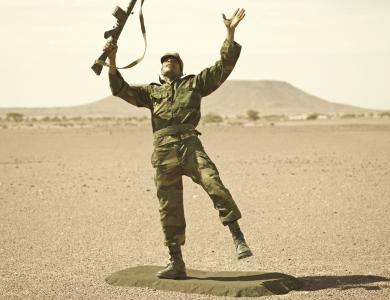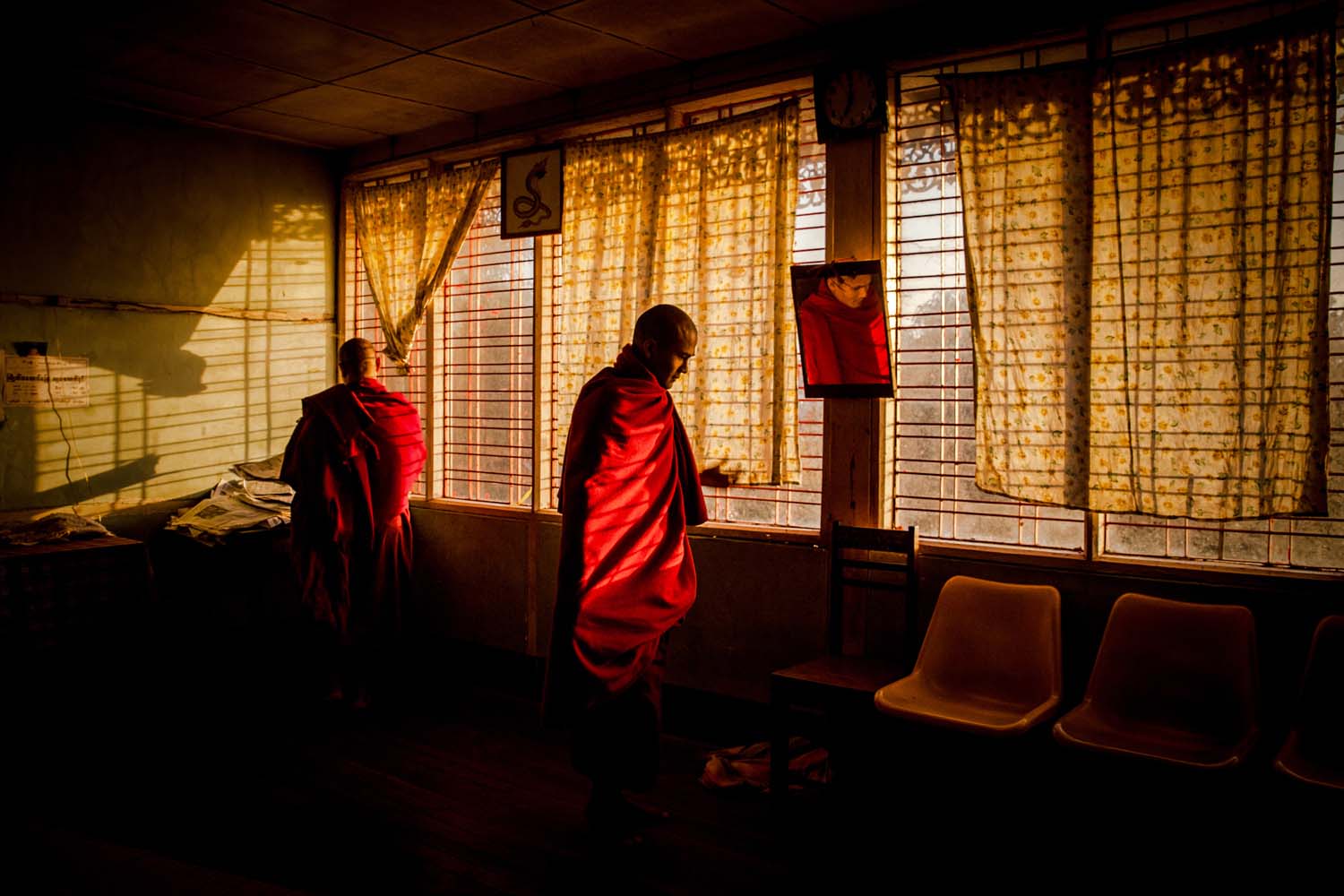
Blink is a platform connecting thousands of media freelancers with publishers, brands and agencies who need high quality content produced on location anywhere in the world.
---
From a project about her lost father to a recent film focusing on the survivors of the Armenian Genocide (1915), Diana Markosian is not someone to shy away from heavy subjects.
In fact, she prioritizes personal projects over editorial assignments, even though she takes on variations of both. Her work is mature, honest, and touching. From New York’s JFK airport, she chats with Blink’s Laurence Cornet about obstacles she’s faced in the industry, past projects, and how to stay motivated.
Laurence: Where was your first project?
Diana: Chechnya. I was 20 and had just finished graduate school. I am not sure why one would move to Chechnya, but at the time, it seemed like the natural thing to do. I lived and worked on assignments, trying to make a name for myself. And slowly, I started to find my voice. My first project followed girls’ coming of age in the context of post-war Chechnya. I was meeting people my age, who had their childhood to war. I was an outsider, and they brought me into their world. It was a sense of belonging I hadn’t felt in a long time; Chechnya felt like home.
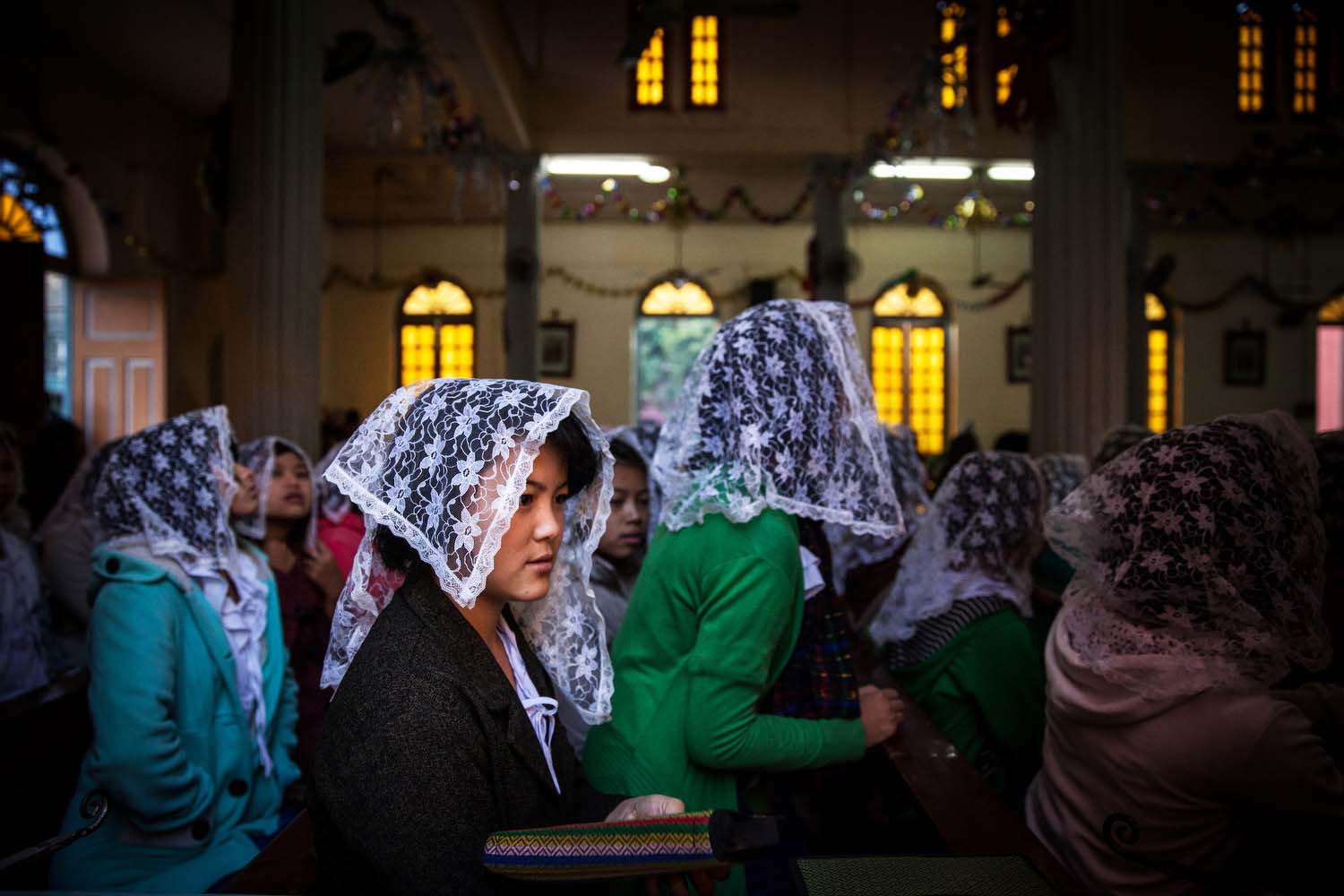
Laurence: What obstacles did you face in finding your voice as a photographer?
Diana: I didn’t go to school for photography, so when I was starting out, I felt like I needed to prove to myself that I could be a photographer. I think that initial pressure is something we all go through, in any industry. I guess the difference now is that I don’t produce work for the industry. It doesn’t interest me anymore.
Laurence: What drives your work now?
Diana: It is a feeling. I like to push myself. To do things I’ve never done before. My work isn’t about the output. It is much more reflective. I am looking inwards, and learning to be quiet with myself.
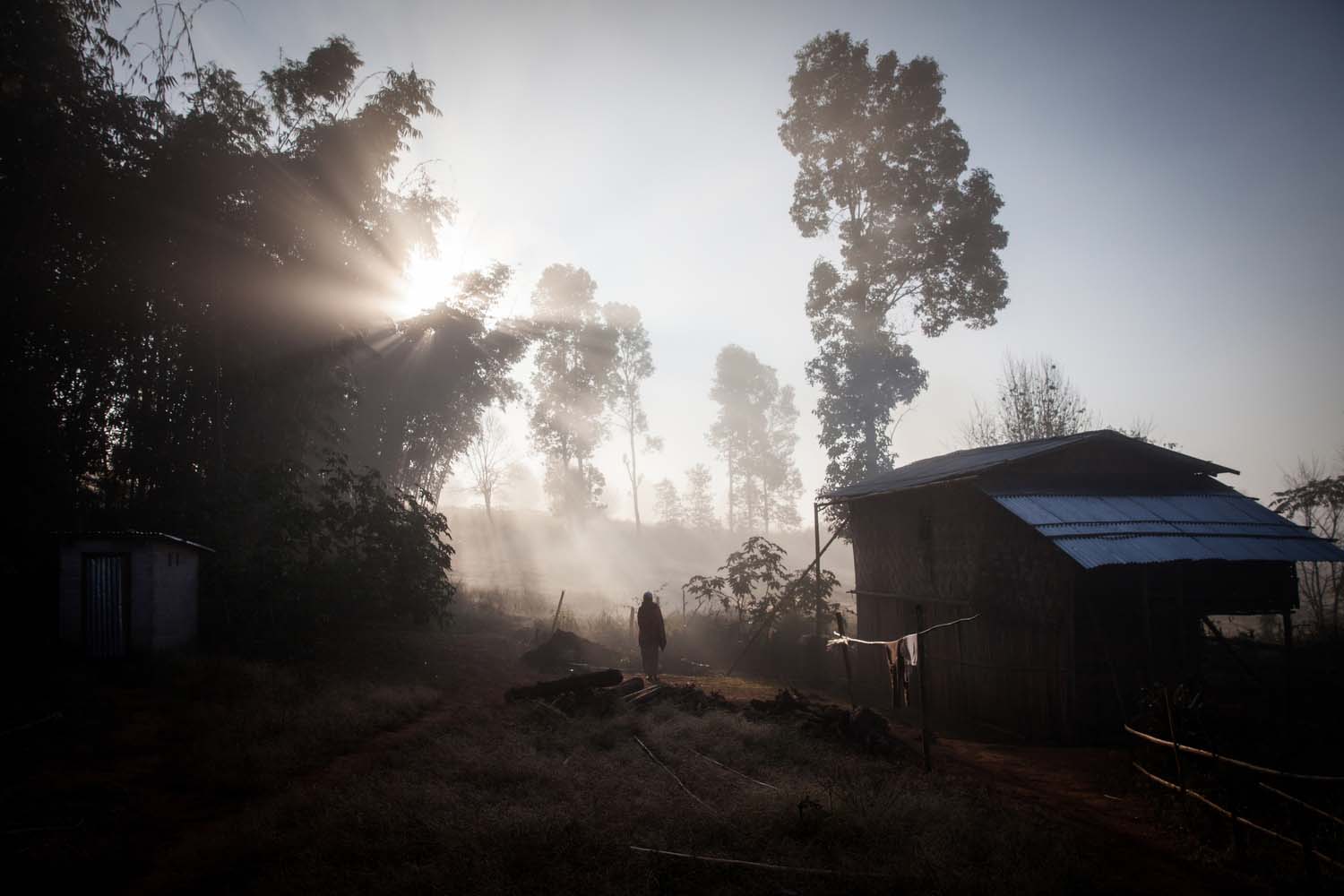
Laurence: What did you learn when working on the project about your father?
Diana: I think my strongest work has been through collaboration. It started with my series on my father. When the piece published, I asked his opinion and he said it was missing his voice. His response made me pause. He was in every one of my frames, yet he didn’t see himself in the project. That is when I started to realize this project was not just about me: it was about our relationship, or the lack of. I had to involve him in a real way.
Laurence: How do you get funding that allows you to work on long-term personal projects?
Diana: My personal work is my priority. I work on assignments as well, which enable me to work on my own thing. I apply for grants, but I don’t want to rely on them - it’s just not sustainable nor is it feasible in the long term. My latest project, 1915, started as a commission from a foundation, then turned into a personal project (which I self-funded), and has now become a short film, whose profits fund the initial piece.
Laurence: How did your latest project, 1915, develop? When and how did it start?
Diana: I am Armenian by-origin, but I’ve never been keen in pursuing a story about the genocide. It felt so distant from me that I never believed I had enough authority to cover the subject. When I was working on the series on my father, I hit this point where I was emotionally exhausted. I didn’t want to continue. I was about to book a ticket out of the country, when a foundation reached out to me about finding the last survivors of the Armenian genocide. I decided to go ahead with it.
When I began the piece, I traveled across the country, and met survivors who were over a hundred years old. I asked them about their childhood and about their last memories in their homeland, Turkey. And, despite my original distance, I felt connected to their stories. Like me, they were taken away from their home at a young age and never had any sense of closure with their past. It was the same sort of feeling I had growing up in America. This mutual understanding and shared loss drove the rest of my project.
After asking them what they most missed about home, I decided to travel back to their village, photograph those memories, and bring the pictures back to the survivors 100 years later.
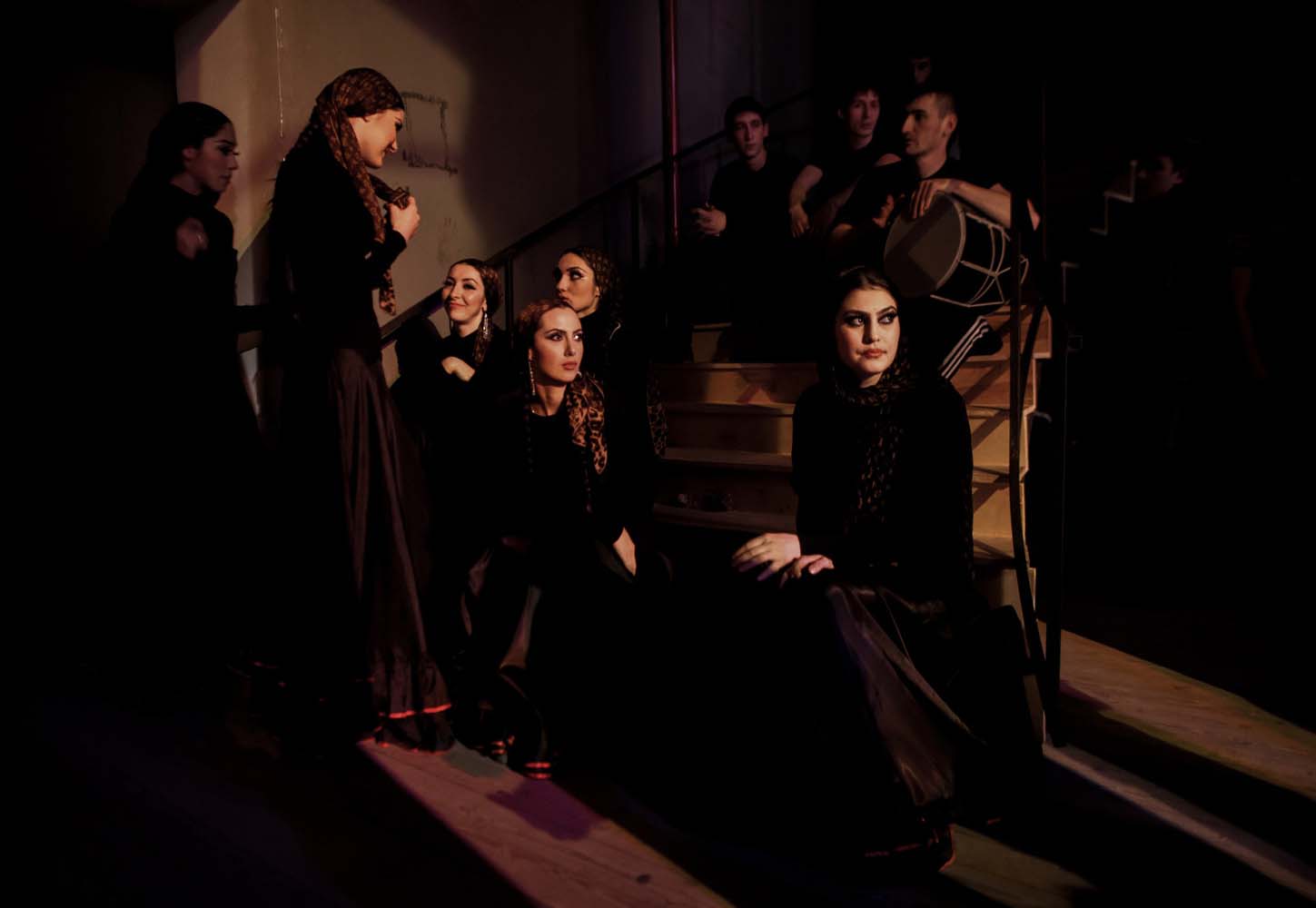
Laurence: What was your relationship to the survivors? How did they help you and vice-versa?
Diana: This was not my story. I needed the survivors to guide me through the process. So when I met Movses, Mariam and Yeprkasia, I asked them to lead me through their pasts. They, in turn, asked me to help fulfill their wishes: Movses wanted me to find his church and leave his image there, Mariam asked me to bring back Turkish soil so she could be buried in it, and Yeprkasia wanted help finding her older brother whom she was separated from after the genocide. I never found Yeprkasia’s brother, but I did come back with a story for Movses and a container of dirt for Mariam. When she opened it, she thanked me, and said, “You have brought the smell of my village to me” It was a real exchange. This project moved me. I wanted to give something back beyond my images. I started a print sale last year to raise money to help rebuild their homes. We’ve just completed the renovations last week.
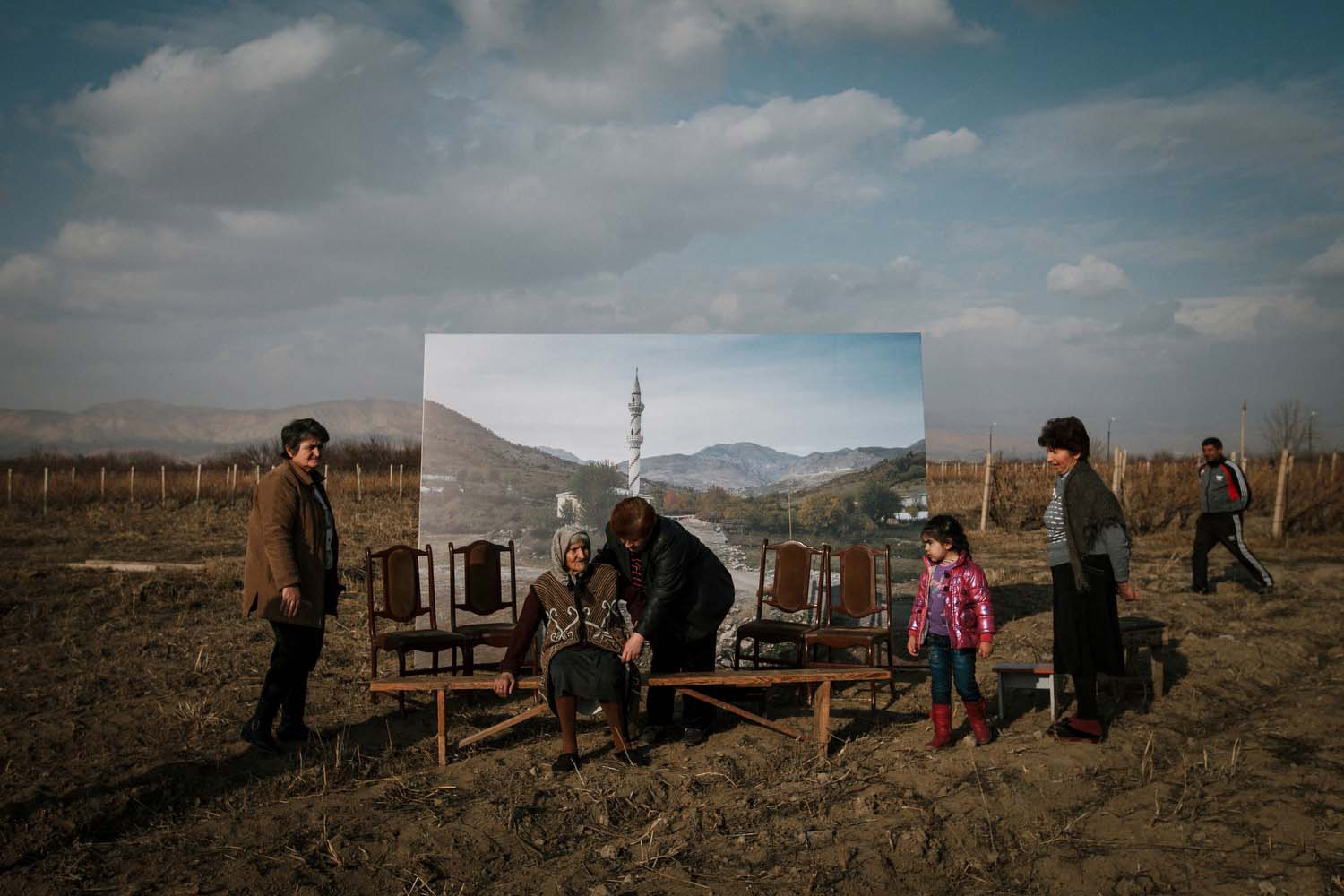
Laurence: You are mainly working on emotionally heavier stories, how do you cope with their weight?
Diana: I am not sure if I do [cope]. I guess for me, there was a point when it was no longer about the photography; the work became my life. It all started in Chechnya: something broke inside me and it was hard to understand how to cope with it. I would come home and write down my feelings, trying to understand the girls’ pain, almost like if I thought about it enough I could somehow take on that pain. It was the same sort of feeling I had when creating the work on my father. But now it became personal. It was my life. I was vulnerable. And photography allowed me to confront this feeling head on.
Laurence: So, what’s next?
Diana: I want to keep pushing myself - to challenge myself in a different way. I’ve just finished a new collaborative project with my father. I am now in Georgia, working on something else. I am really not sure if it’s good, but I’ve realized I like this feeling of not knowing. It is what drives me. I guess it’s not so much about having my work published, at least it isn’t anymore. That's just the side effect.
Interview by Laurence Cornet / [email protected]
Edited by Sahiba Chawdhary / [email protected]

